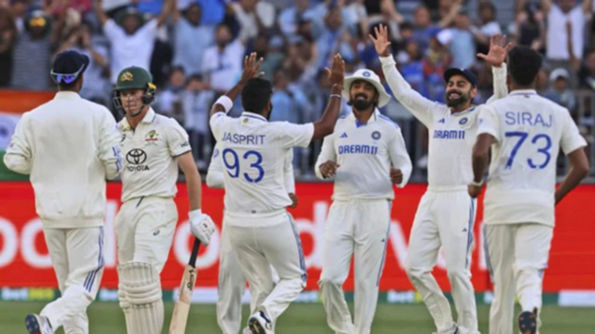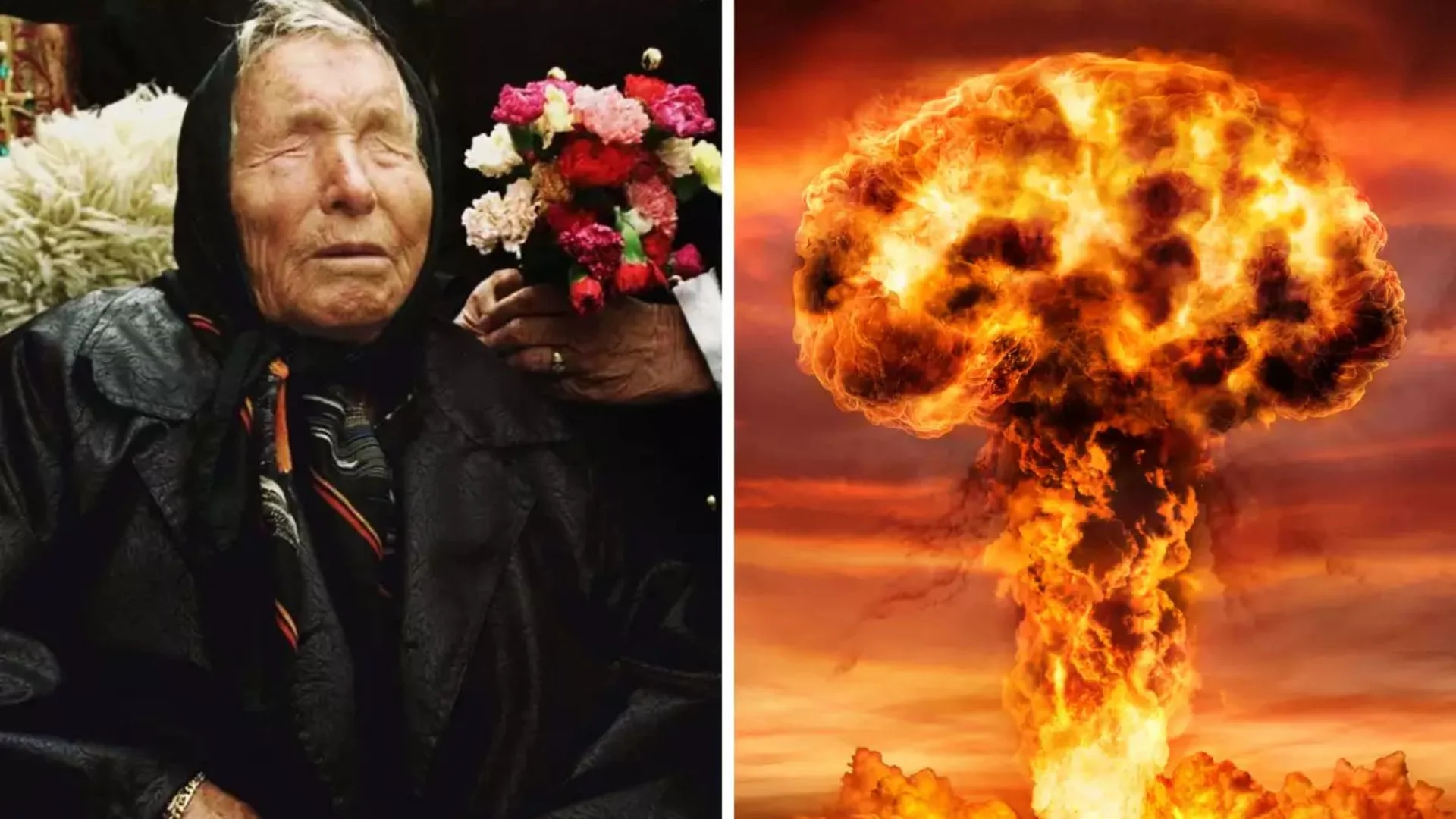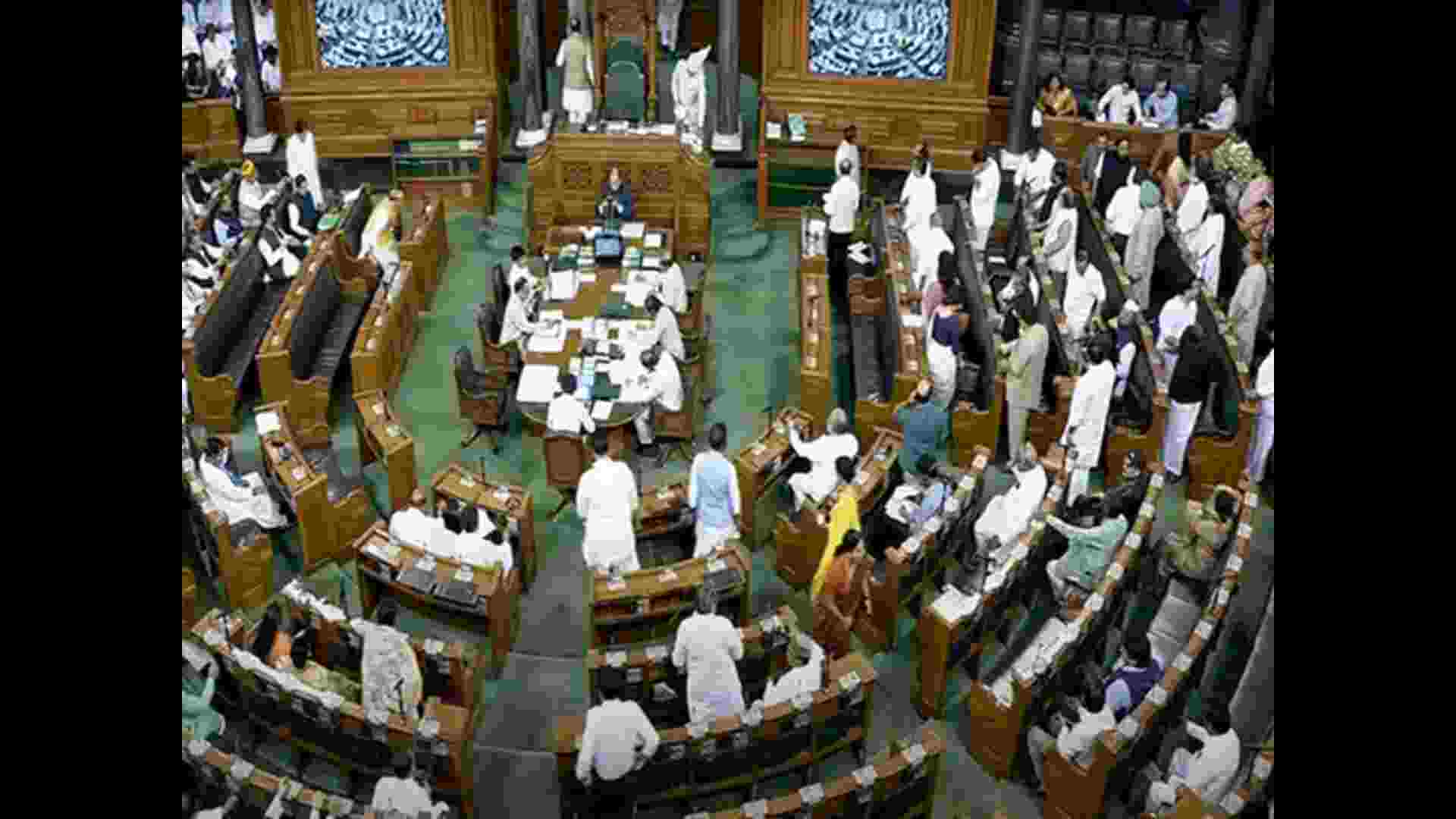
We’ve all grown up in househ o l d s wh i ch have Haldi doodh, although these days I hear its called ‘Turmeric Milk’ or the surprisingly romantic ‘Golden Latte’. Well this ‘golden latte’ touted as a wonder food, good for rejuvenation, and skin health and healing, and being called as an allrounder anti-inflammatory, has been around, at least for us Indians for thousands of years as ‘Haldi doodh’. I remember wrinkling up my nose and refusing to have it, when my mother would give it to me.
Be that as it may, the west seems to have finally woken up to ayurveda, or the ancient science of plant derived medicine. Yoga and alternative medicine, including pranic healing, reiki etc have suddenly had a resurgence in the west, and we Indians have suddenly become aware of our legacy, created thousands of years ago, which today with modern science and testing is being proved to be as effective if not more in a wide variety of ailments and diseases. Little did we realise, that the often foul tasting ‘kadha’ we were made to drink by our mothers, is actually a legacy and heritage we have, which has been thousands of year’s in the making. I have read that Indian medicine was so advanced that we actually performed rhinoplasty’s, often called a ‘Nose job’ in today’s language. It is absolutely clear, that if our doctors and healers were performing complicated surgeries and procedures thousands of years ago, they would necessarily have the know how of things like antibiotics, or anti coagulants. Surprisingly, these are discoveries that can only be traced back about a 100-150 years in western medicinal sciences.
India is known for its traditional medicinal systems like Ayurveda, Siddha and Unani source of which can be traced back to the ancient Vedas and other scriptures. The ayurvedic concept emerged and developed in India between 2500 and 500 BC. Ayurveda means “science of life” or “true knowledge of life”, since the Indian system of health care was centered around views of man and his illness. Being a tropical country, we Indians are naturally blessed with diverse flora, that are used in traditional medical treatments. In India, approximately 70percent of rural population depends on the traditional Ayurvedic system of medicine. In the Western countries, todayapproximately 40per cent of people have reposed faith in herbal and ayurvedic medicines for the treatment of various diseases. India is a mega-diverse country which harbours 7-8% of all recorded species, including over 45,000 species of plants and 91,000 species of animals. Of the 34 global biodiversity hotspots, four are present in India, represented by the Himalaya, the Western Ghats, the NorthEast, and the Nicobar Islands. Further, India is the largest producer of medicinal plants and the traditional medicinal systems found under Ayurveda, Siddha and Unani.
With a view to bring about an organised development of systems and standardise the mode of treatment by the practitioners of these systems, legislations have been framed by both the State Governments as well as the Central Government. The legislative field for framing legislation on these aspects is relatable to Schedule VII List III Entry 26 of the Constitution of India.
In Kerala Ayurveda Paramparya Vaidya Forum v. State of Kerala, (2018) 6 SCC 648 the issue under consideration before the Supreme Court was whether the persons who do not fulfil the prescribed qualification and are not duly registered under the relevant statute, be permitted to practice “Paramparya Vaidyas”. The Supreme Court after considering the eligibility criteria laid down in the Central law and also under the State laws concluded that the right to practise any profession or to carry on any occupation, trade or business is no doubt a fundamental right guaranteed under the Constitution but that right is subject to any law relating to the professional or technical qualification necessary for practising any profession or carrying on any occupation or trade or business.
This judgment was landmark, because it highlighted that our traditional medicine systems, are an important part of our heritage and that they cannot be treated as ‘not serious medicine’ or ‘magical remedies’. The judgment validated the fact that traditional medicine as found in the subcontinent of India, is medicine and needs to be studied and qualified for, just as much as western medicine, thus lending complete credence to the field.
Government of India, through its Ministry of AYUSH is responsible for policy formulation, development and implementation of programs for the growth, development and propagation of Ayurveda. After the change in government in 2014, a conscious decision was taken to upgrade the department and an independent Ministry of AYUSH with independent Minister and a mandate for systematic development in all spheres of Indian medicine was issued. It is a dedicated ministry created to uphold the standards and standardise procedures under the Indian System of medicine, which for so long had been neglected and been passed on to generations without truly understanding the value, in effect creating a situation, where it was considered second rate, or not trusted as much as its potential is.
Today there has been integration of AYUSH in the healthcare delivery system and national programs to ensure optimal use of the vast infrastructure of hospitals, dispensaries and physicians were focused in the policy. Through National Health Mission and National Rural Health Mission, an initiative to improve efficacy of Ayurveda has been undertaken. Resultantly, the public perception is getting inclined towards Ayurveda and development in AYUSH is observed. All this is poised to be achieved through the increase in potential of Ayurveda and optimum revival.
The educational system and professional practice of Ayurveda are controlled by the Central Council of Indian Medicine (CCIM), a statutory body set up under Indian Medicine Central Council (IMCC) Act, 1970. Ayurveda doctors with degree or equivalent qualifications are considered as recognized medical practitioners as per the schedules of Indian Medicine Central Council Act, 1970. The recognized qualifications for the purpose of registration and to engage in clinical practice of Ayurvedic Medicine are Bachelor of Ayurvedic Medicine and Surgery (BAMS) and MD/ MS (Ayurveda) master’s degrees in 22 specialties and equivalent qualifications.
One aspect of this resurgence of Ayurveda and the fact that today, we as a government, are taking it seriously was something i noticed when i represented the Ministry of AYUSH in Union of India Vs. Federation of Self-Financed Ayurvedic Colleges Punjab & Ors. Civil Appeal No. 603 of 2020, where the NEET exam was prescribed for students who wished to undertake graduate courses in Ayurvedic medicine. What surprised me was now seriously and vehemently, the department and the ministry took these admissions, vehement in their stand that they wanted and needed qualified and intelligent, hardworking students as doctors in traditional medicine field. The Supreme Court agreed.
On 17.10.2017, Prime Minister Modi in a speech laid stress on integrating Ayurveda, Yoga and other AYUSH systems into the public health care system, dedicated the All India Institute of Ayurveda situated at New Delhi to the nation. He also stressed on growing these herbs and medicines and said that the AYUSH ministry would provide the requisite knowhow.
Prime Minister Modi, during the lockdown due to COVID- 19 pandemic promoted practice of yoga amongst all including world leaders calling it a perfect antidote to self-isolation blues.
The fact that an ayurvedic formulation was given to Prince Charles when he was battling the Coronavirus is also telling of the nature and effectiveness of the Indian Medicine system as well the trust that is now being reposed in it.
According to the recent reports, Modi government is leading a study to determine whether the ayurvedic herb “Ashwagandha” could be an alternative to hydroxychloroquine (HCQ) as a potential COVID preventative. the study is being carried out by a group of scientists and researchers from Ministry of AYUSH, Ministry of Health and Family Welfare, the University Grants Commission (UGC) and the Indian Council of Medical Research (ICMR).
The Ministry of AYUSH is taking a huge step towards promotion and development of Ayurveda, however there are more to be done to mainstream Ayurveda and validate to make it acceptable world wide as a scientific system of healthcare to regain its glory.
Sr. Adv. Pinky Anand has served as head of All India Legal Cell of Bhartiya Janta Party (BJP). She has served as the Additional Solicitor General (ASG) of India.















